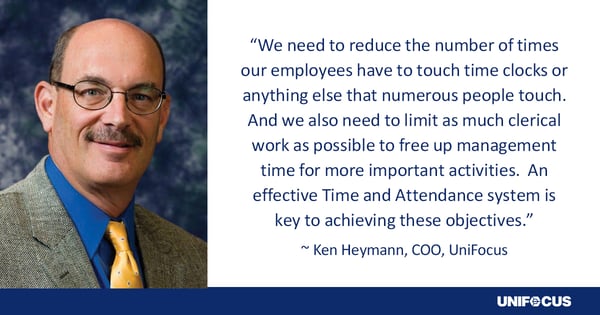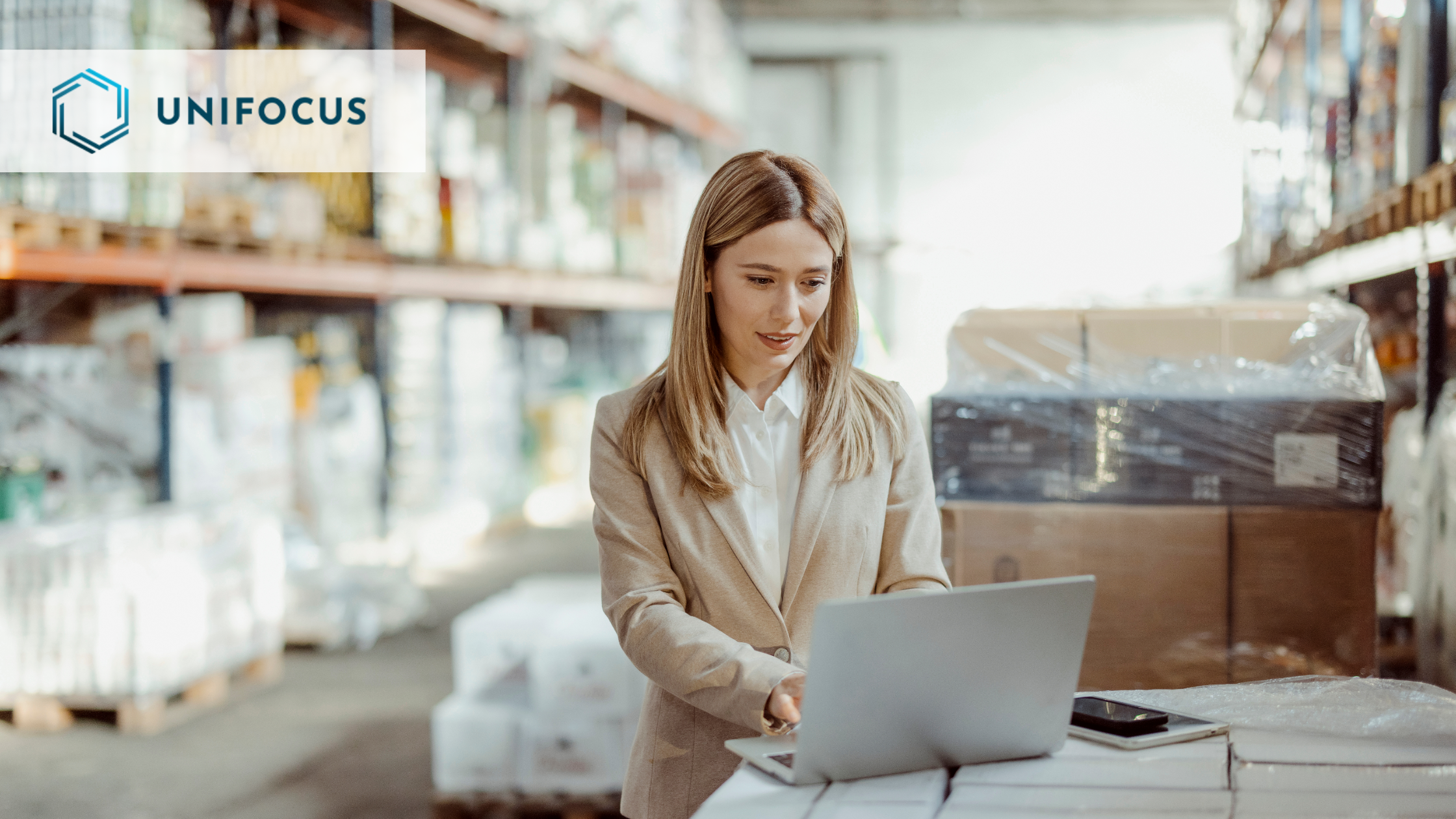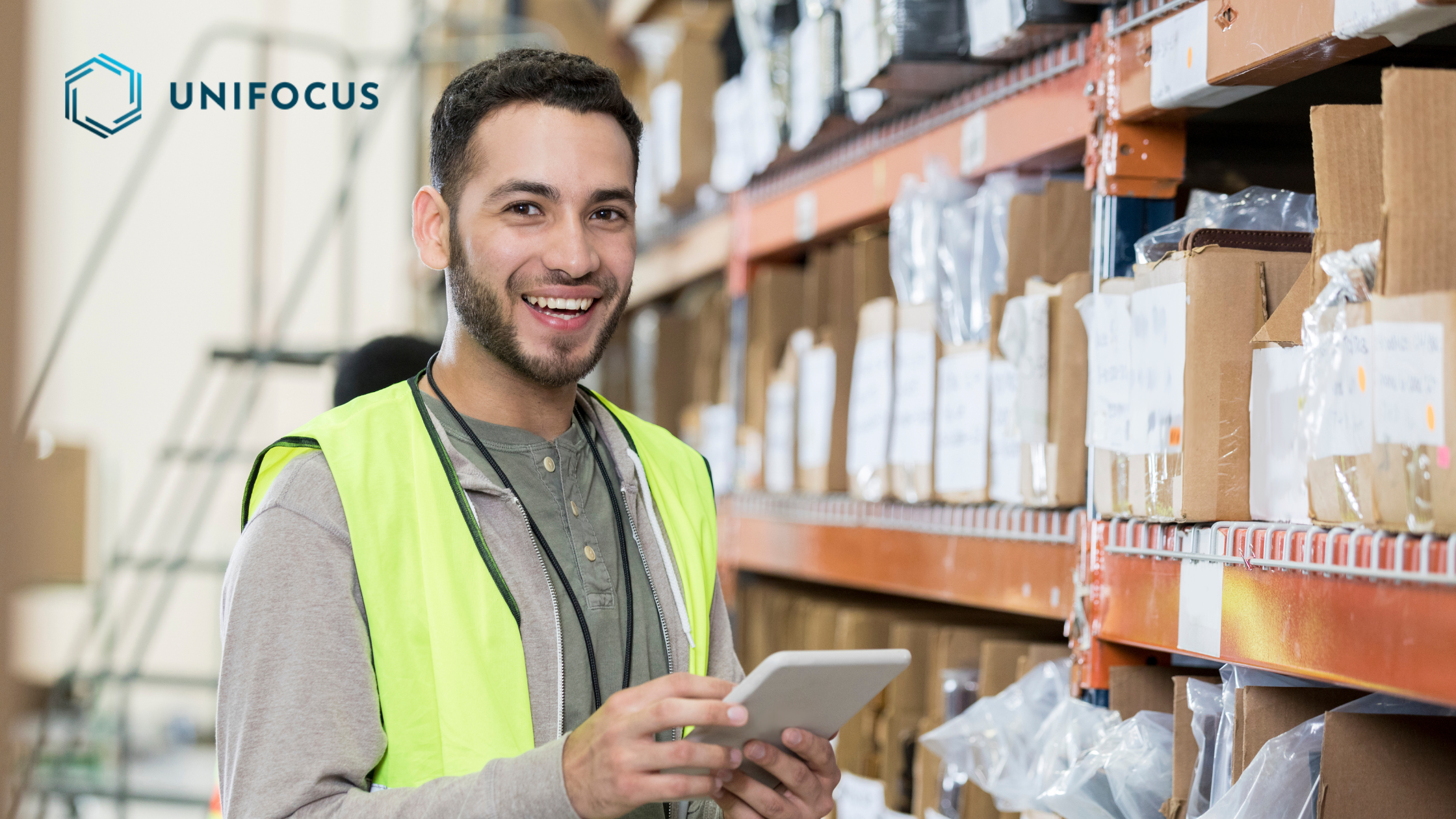The hospitality industry has begun to reopen, and over the coming months as staff returns from lay-offs and furloughs, brands and management companies are working to ensure guest and employee safety. A great deal of emphasis has been put into keeping guests safe by maintaining cleanliness and social distancing throughout the operation. Issues of employee safety and managing some unique scheduling needs are in many ways even more challenging.
As everyone recognizes, there are numerous moments in the workday when employees are inevitably forced to be close together and it is important to limit those moments. It is equally important to be able to determine, as much as possible, when people were close together if someone is later found to have contracted COVID-19.
And in this time when a variety of factors make scheduling more complex and managers are taking on a much greater share of the daily work, it is imperative to make the greatest use of technology to ensure administrative tasks are easier and less time consuming.
Let’s take a look at how organizations can use key features of Time and Attendance technology to manage in this environment.
Expand Use of Mobile for Scheduling and Time Clock Solutions
In the early days of reopening, it will be almost impossible to predict guest volumes to develop accurate schedules. At the same time, parents will be coming back to work before childcare and summer programs are available. This means more last-minute schedule changes – and technology will be more important as a means to expedite employee scheduling activities. For example, before employees check in, how easy is it for them to get their schedules without having to interrupt a manager or supervisor?

Employees should be able to get their schedules via mobile devices or personal computers. They should be able to swap shifts, request time off and change preferred schedules. While none of these tasks typically expose people to direct contact, any technology which limits the need for managers and employees to talk to each other is valuable, as department managers will be ever more stretched due to efforts to limit labor.
For years we have been used to employees lining up at a time clock to punch in. In the post-COVID world, employees want to be sure they are protected, and this will lead to several opportunities to change the way people punch in. The safest available method is to offer mobile punching on a personal smartphone. Alternatively, organizations may want to offer inexpensive mobile devices to allow punching in. These smart devices can only be used on-site in conjunction with the hotel wireless network and they do not have SIM cards so they can’t be used for making phone calls. Additionally, mobile punch technology should incorporate geofencing (the ability to set geographic limits on where an employee can punch in). Put simply, it prevents the employee from punching in while still at home or on the way to work.
While mobile punching is an excellent solution, there are ways to make it safer for employees to use a time clock in operations that opt not to use the mobile option.
Enable Contact-Free Time Clock Technology
Bio-metric devices have become increasingly common throughout the industry, but many employees will – understandably – not want to use the scanners unless they are cleaned between each use. And when many employees are punching in at roughly the same time, this may be difficult to maintain.
Most systems that use biometric scanners employ a secondary ID requirement in the form of a pin code to be entered or a mag card to be swiped. It is now possible to replace the biometric reader with an employee photo (Employee Logging) that can be tied to the punch in or punch out.
If an organization incorporates a swipe card with employee logging, it will be possible for an individual to punch in at a clock and never touch the clock – just slide the swipe card. However, this approach is only viable if the Time and Attendance system incorporates auto-punching based on the employee’s schedule (sometimes referred to as “punch-to-schedule”). The system will punch the employee out according to the schedule and any changes or edits can be made by the manager or supervisor on a PC. More advanced systems allow employees to be scheduled in different jobs and again, as long as the schedule reflects the different jobs, the software will allocate hours correctly. These features will virtually eliminate the need for employees to touch time clocks.
Make it Easier to Manage Cross-Utilization
 Having a Time and Attendance system that assigns hours to the appropriate job based on the employee schedule simultaneously promotes cross-utilization. And as we look at the future of hospitality, we can anticipate a much greater need to cross-utilize people in order to improve the opportunity to give full-time jobs to the work force. With the precipitous drop in occupancy and the anticipated slow return to pre-COVID occupancy numbers, organizations will be looking for ways to maintain a smaller workforce which will have the security of a full work week, even though fewer people will have these positions.
Having a Time and Attendance system that assigns hours to the appropriate job based on the employee schedule simultaneously promotes cross-utilization. And as we look at the future of hospitality, we can anticipate a much greater need to cross-utilize people in order to improve the opportunity to give full-time jobs to the work force. With the precipitous drop in occupancy and the anticipated slow return to pre-COVID occupancy numbers, organizations will be looking for ways to maintain a smaller workforce which will have the security of a full work week, even though fewer people will have these positions.
As much as it’s important to look at Time and Attendance in light of how effective software can minimize, if not eliminate, contact between employees and public devices, the stress on minimizing clerical work in order to free up managers for more important tasks is equally important. For example, employees are legally required to record their tips. As organizations look to consolidate and combine positions, it will be more likely that employees will be involved in a tip pool rather than just recording their own tips. Thus, having technology that can manage the tip pool rather than require an accounting clerk to work it all out on a spreadsheet becomes more valuable. As organizations look to manage pay rates effectively it will also be helpful for Time and Attendance systems to make it easy to adjust pay rates by employee group, and by pay period or date (regardless of pay period).
Support Your Ability to Track Employee Contact
The last aspect of Time and Attendance to be considered is the need to know who worked when and who else was on property at the same time, if someone is later found to have contracted COVID-19. In this context, the Time and Attendance system should be able to provide some basic employee tracking. You should be able to see who punched in within 3-5 minutes at the same time clock; who was in the same department at the same time; who was in the building at the same time; and, if it’s tracked on property, who was in the cafeteria at the same time (potentially accessible if employees punch out for a lunch break). Additionally, you need to be able to set a date range as the nature of the virus is such that we rarely know the exact day on which someone was exposed or may have exposed others. This Employee Tracing will require the organization to look at a single individual to determine who else might have come in contact with him or her.
We can all agree that, at this point, no one knows quite what the service industry will look like in the coming months. Just as free-standing restaurants will see significant growth in curbside and delivery, we can anticipate that hotel restaurants will offer more grab-and-go options to limit contact. But we can all see a few things with great clarity. We need to reduce the number of times our employees have to touch time clocks or anything else that numerous people touch. And we also need to limit as much clerical work as possible to free up management time for more important activities. An effective Time and Attendance system is key to achieving these objectives.
Know someone trying to solve their workforce management problems? Share this post them! Or, if you have questions comments, leave them below.






